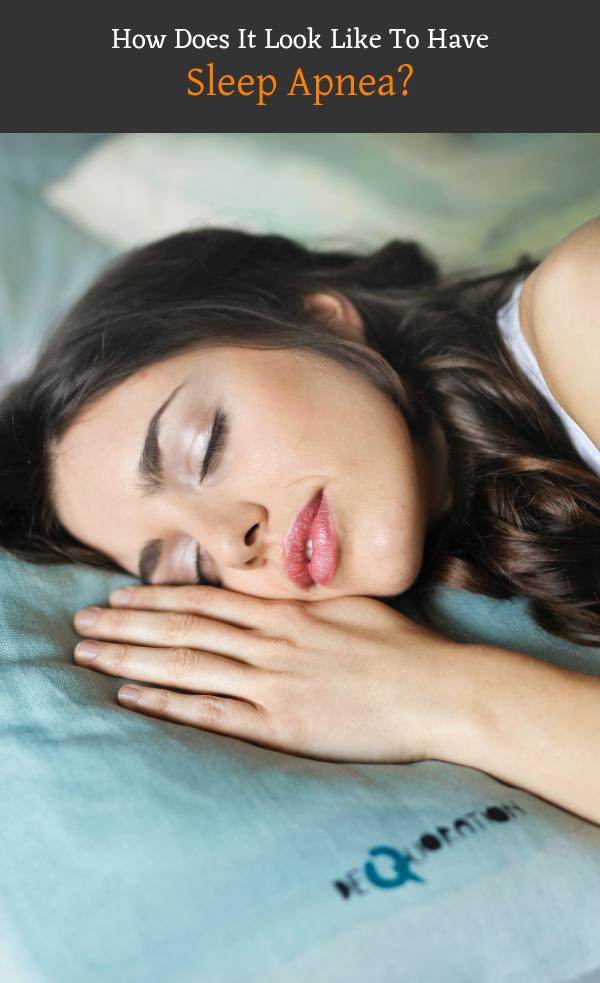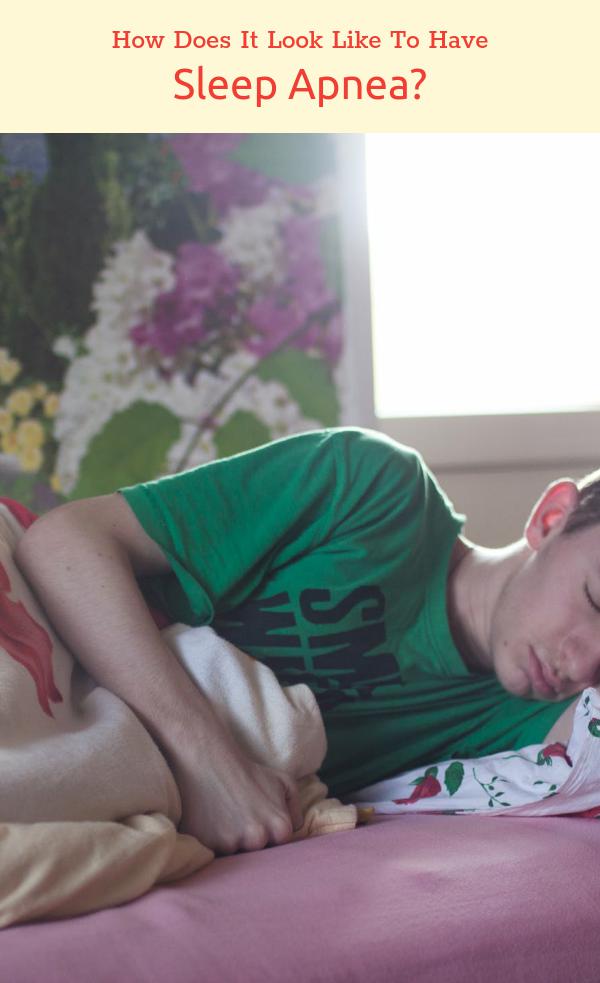
How Does It Look Like To Have Sleep Apnea?
Sleep apnea has become an increasingly recognized disorder. It is an obstructive sleep disorder where one or both of the people in the bed are no longer breathing during sleep. The common effect of this disorder is irritability and the inability to focus on work or school. It can also be an indication of other illnesses such as diabetes, heart disease, high blood pressure, stroke, depression, anxiety, memory loss, memory lapses, insomnia, and nervousness.
Apnea is a condition in which the lungs fill with air while sleeping. It will be notified when they stop breathing. However, it doesn’t necessarily mean the person is not breathing. They can still breathe, but they may also be inhaling air from the outside, like from sneezing or coughing. It may also be due to a medical problem that prevents the person from breathing.

Once the person’s body is at risk for sleep apnea, the problem can develop gradually over time. The person will be unable to properly breathe and therefore not be able to sleep properly. This can also affect how well they perform during the day.
There are various causes of sleep apnea. A person could have a blockage in their airway, which may be caused by a dental or gum condition. Breathing passages that are narrow and high may also be causing them. An underlying condition that results in a decreased amount of production of the hormone called brain-derived neurotrophic factor may also be a cause.
Obesity is another cause of sleep apnea. When the person becomes overweight, the fat around the neck area restricts the airways, creating a vacuum, and stopping the person from sleeping soundly. However, the fat may be too large to actually create this problem.
Medications such as certain antidepressants and anti-depressants, as well as chemotherapy, may cause sleep apnea. These medications may also cause weight gain, even though they may be effective in treating certain diseases. Others that may cause sleep apnea include anticonvulsants, steroidal injections, sedatives, barbiturates, sleeping pills, and heart failure.
Alcohol consumption, particularly those who drink more than two glasses a day, also increases the risk for sleep apnea. Women who are pregnant should not drink alcohol. It is not only bad for the baby, but it may also harm the baby in the womb.
The body and brain need adequate amounts of oxygen. When oxygen levels are not adequate, the person’s brain does not receive enough stimulation and causes the person to have difficulty falling asleep. When it is not enough oxygen to the brain, the person’s muscles, tissues, and organs need more oxygen to be able to function properly.
In addition to the many possible causes of sleep apnea, there are many treatments that are available. Patients can try to use loud noises to help with the symptoms, such as humming, the use of fans, or in some cases, the use of nasal sprays that may be taken to the doctor’s office. If nothing seems to work, then a physician may recommend a different type of therapy called CPAP. It is a machine that makes a patient breathe through a face mask or a system that acts like a mask that is worn by the patient.

There are other types of medicines and treatments that can be prescribed to help with the treatment. One example is a treatment called ventilator assisted continuous positive airway pressure (VAPAP). There are several different machines that can be used to assist the patient with the treatments.
The symptoms of sleep apnea can be troubling and they can affect the person’s day to day life. This is why it is important for the family and friends to know what symptoms to look for. If the patient is not seeking out treatment, it may result in other health issues.

